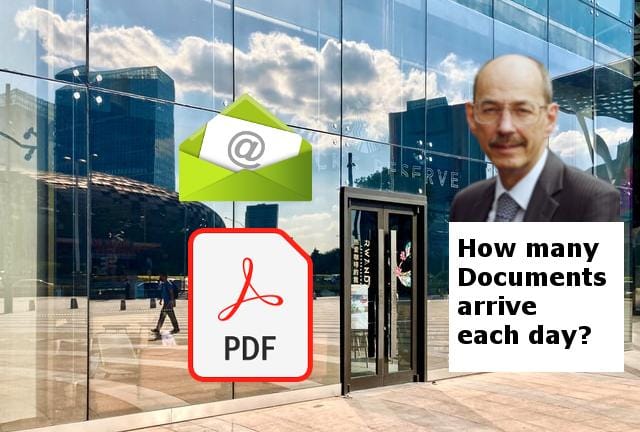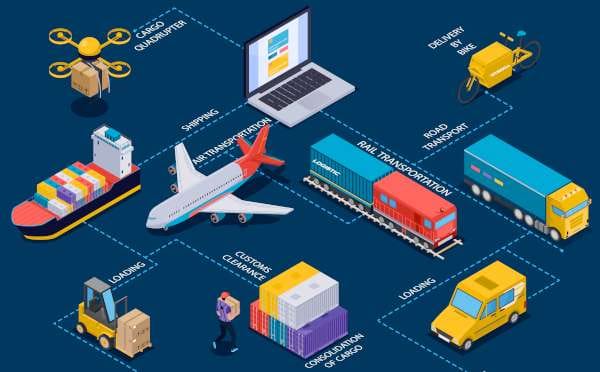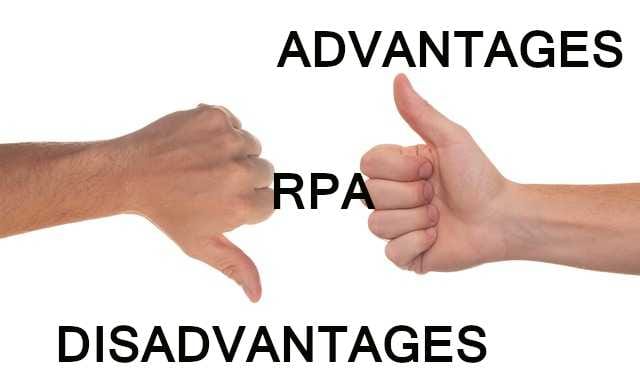
Documents are the catalyst for Business – How do you process Documents?
Documents arrive at a business everyday.
Every business has contracts, purchase orders (POs) and invoices, but what about all the other documents?
- Quotes
- Shipping Documents
- Delivery Notes / Proof of Delivery
- Consignment Notes
- Waybills
- Bills of lading
- Certificates of Origin
- Receipt Notes
- Packing Lists
- Insurance Certificates
- Dangerous Goods Declarations
- Commercial Invoices
- Freight Invoices
- Letters of Credit
- Quality Control Checks
- Inspection Reports / Dimensional Inspection Reports
- Technical Specifications
- Work Instructions
- Batch Notes
- Certificates of Conformance
- Assembly drawings
- Maintenance Schedules
- Service Schedules
- Incident Reports
Is each document processed manually even thought it is a digital document?
Do your compliance processes require detailed document checks?
How are documents handled?
The activity to process each document can include:
- Virus checking each document as it arrives in the network
- Opening the document with the right software
- Finding the data values contained in the document
- Validating the data values and entering the details into an application (e.g. ERP)
- Storing the document in an archive
Image how many hours a team of say 5 staff use each week processing documents. Is that a good use of their time?
There is a better way to process digital documents.
Process Automation for documents
Process Automation can take documents in, then use Document understanding with sophisticated extraction techniques including AI where appropriate obtain the data values and enter the information into business application
By accepting the 80:20 rule, routine documents can be processed automatically – Straight Through Processing !
Staff can focus their effort on the unusual documents, the complex situations and the un-expected.
Staff supplement the Process Automation by reviewing and confirming any document where the confidence level from the extraction does not meet the required thresholds.
When it is appropriate a “Feedback” loop can be created from the staff’s work on reviewing documents to create Machine Learning (ML) for the AI used in extraction activity.
Junior staff are normally taught how to perform the process and use the “WDWDLT” approach (“What Did We Do Last Time”).
Process Automation is following the same approach.
The majority of business activity involves performing the same actions as have been followed before. The definition of a process is that it is repeatable. Often known as Standard Operating Procedures (SOPs).
Document Volumes Increasing
With a growing number of documents arriving at a business each day, employing more and more staff to perform routine processing, is not a good business solution.
Automation offers a route to handle the routine business documents.
with any growth in the volume of documents arriving.
Workload Peaks and Throughs
Business activity rarely operates a consistent level. Peaks and throughs are common caused by seasonal flows and other factors.
Once Process Automation is operating, it is much easier to execute the activity for longer or shorter periods than it is to change staff hours / overtime.
In some cases, Process Automation can operate overnight and weekends. This can change the dynamics of a 40 hour staff working week into a 168 hour capacity from automation.
How many documents to justify automation
There is no magic number that triggers the need for automation.
Factors such as the length of time to process each document, the complexity of the data extraction, the variety of documents, etc, all influence the potential ROI.
Process Automation an be built to handle various different document paths (Process variations), multiple decision points, etc.
When people are required to make a judgement, automating all of the surrounding process to present the relevant details for a person to decide, can be effective. It is not always necessary to automate a whole process end to end although that situation does deliver the greatest benefit.
How many documents will your business process this week?
- More than 100?
- More than 1,000?
- More than 10,000?














